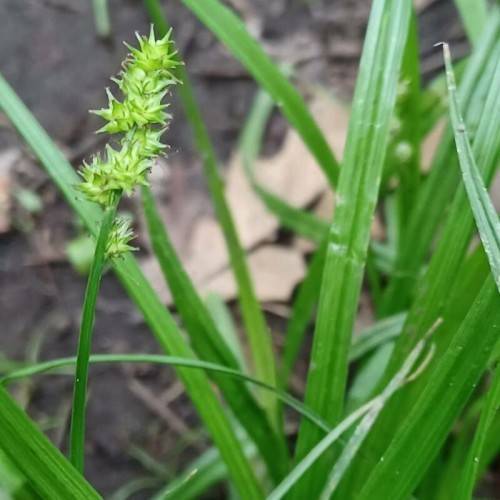
Burr Reed Sedge
Carex sparganioides
Also Known As - Bur Reed SedgeWatering:
Minimal
Hardiness Zone:
Sun:
full sun,part shade
Leaf:
Yes
Growth Rate:
Low
Salt Tolerant:
Yes
Care Level:
Easy
watering
Simple Bog Sedge should be watered regularly during the growing season. It thrives in moist, wet areas, so it is best to water it every 2 to 3 days until the soil is saturated. During the hottest months of the year, additional watering may be required. During the winter months, the plant's needs are much lower and watering should be reduced to every 1 to 2 weeks. Additionally, avoid overwatering the plant, as too much water can have a detrimental effect.
sunlight
Simple Bog Sedge is a full sun species, meaning it should be grown in a location which receives 6 or more hours of direct sunlight each day. The optimal time of day for this species is late morning to mid-afternoon, when the sunlight is most intense. During times when direct sunlight is not available, it may also benefit from indirect light throughout the day. Keep in mind that during the summer, when the days are longer, Simple Bog Sedge will require more light than during the winter months when the days are shorter.
pruning
Simple Bog Sedge should be pruned once a year in early spring before new growth begins. Pruning should be done lightly, removing no more than 1-third of the plant's total foliage. This will help promote the growth of new, fresh shoots and ensure the plant remains full and healthy. When pruning, be sure to cut off dead, damaged or diseased foliage, as well as any shoots that are growing out of the desired shape.
